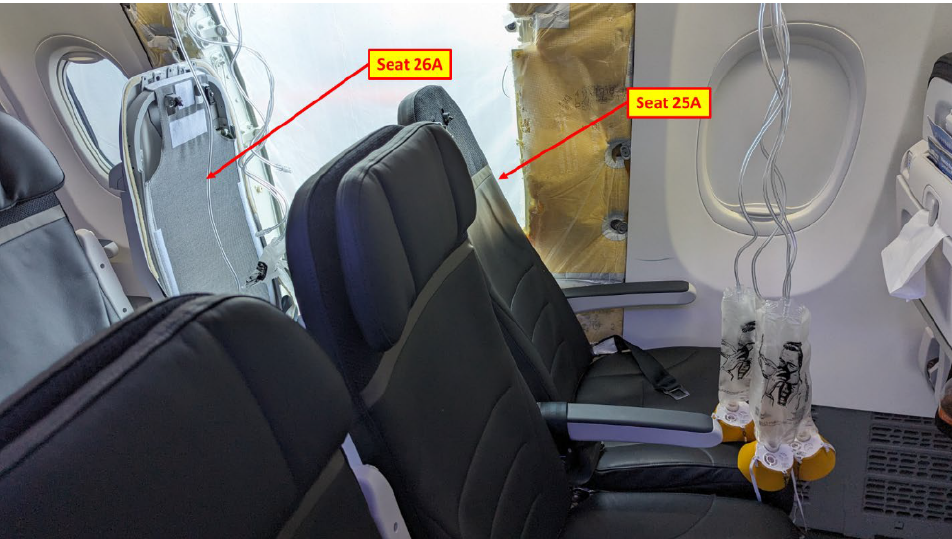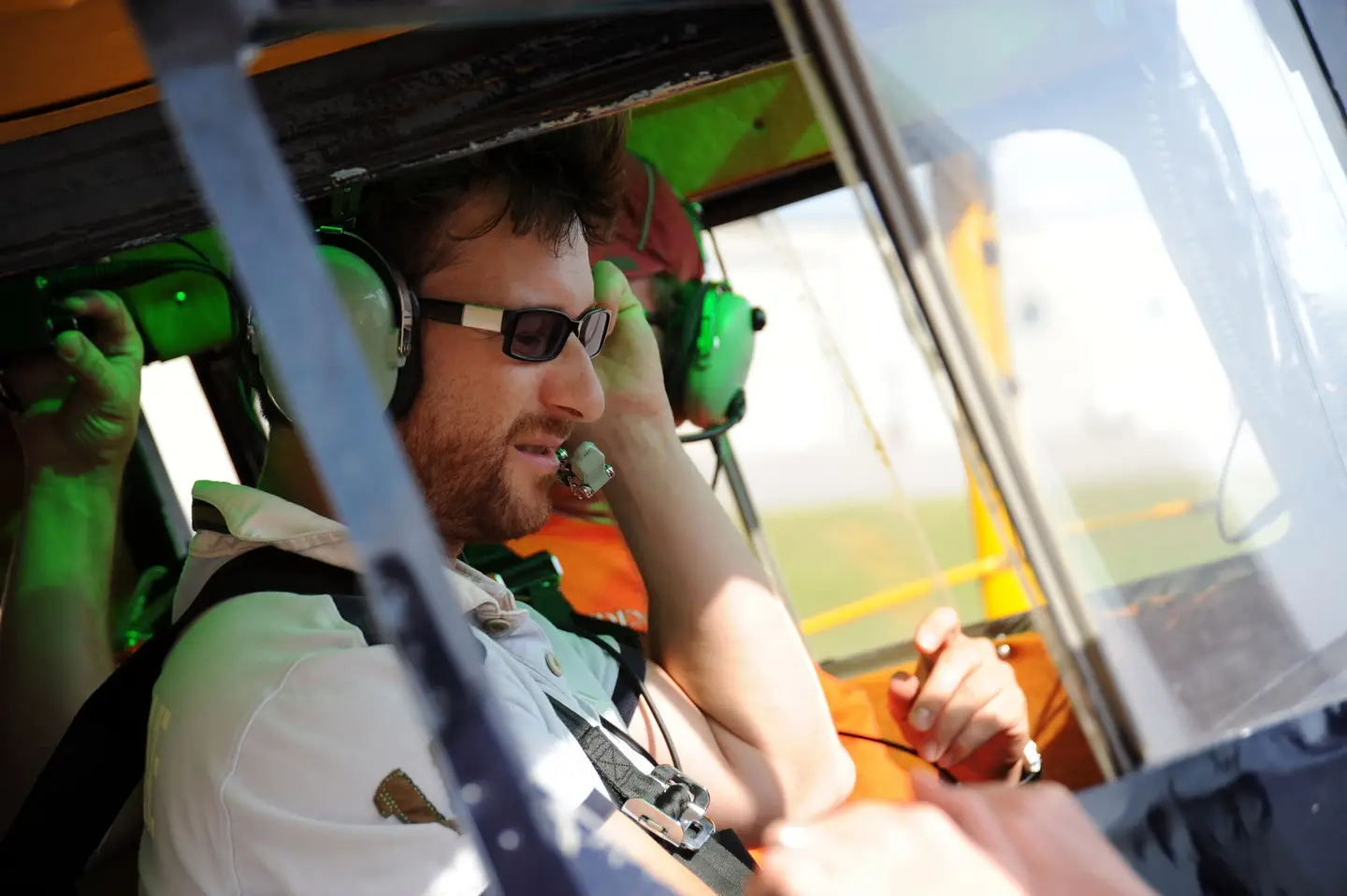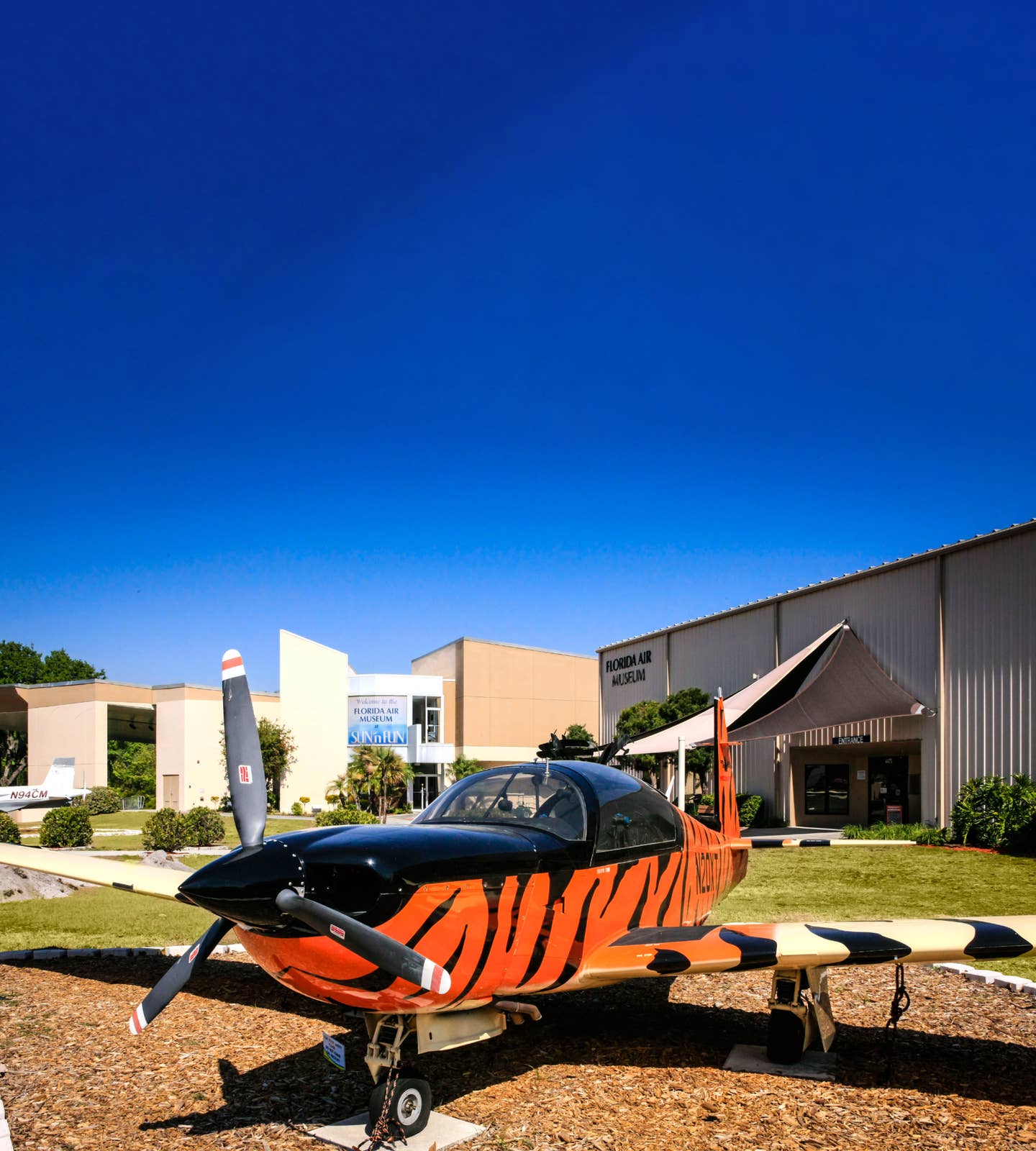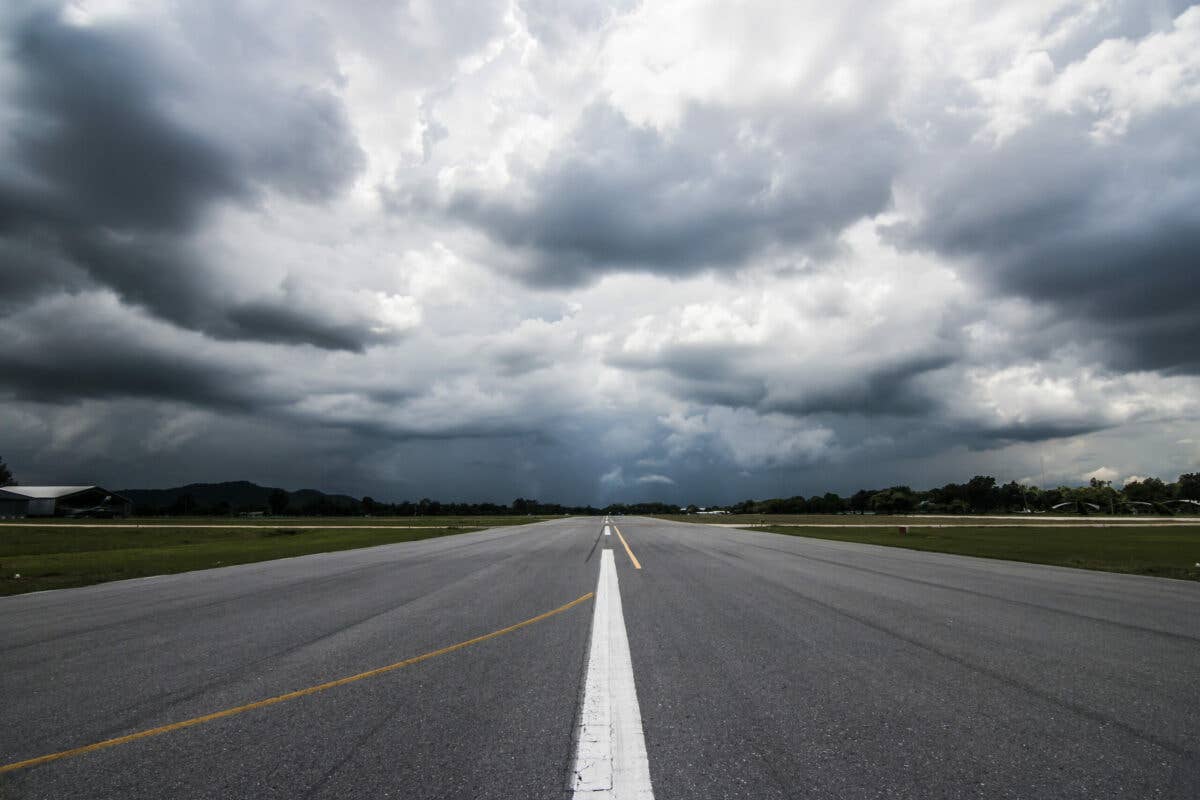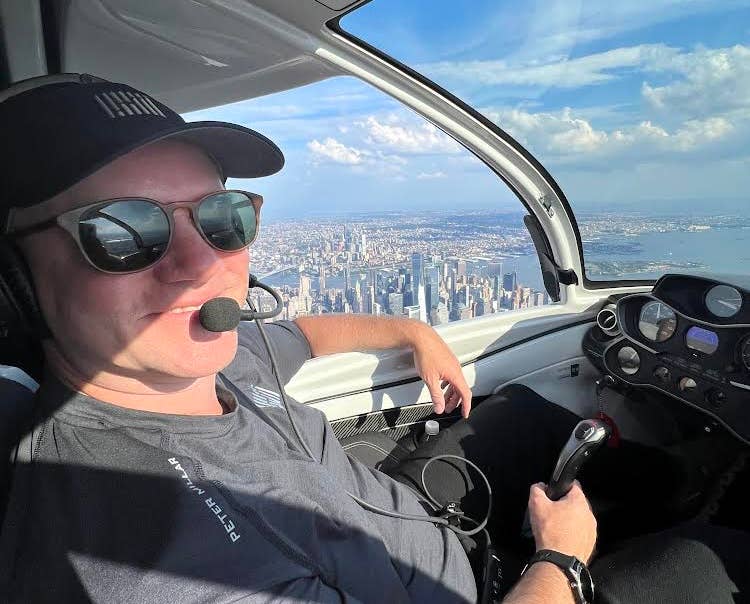Going Direct: Boeing 737s Versus Lockheed Martin F-22s
The historically mostly stable relationship between military and civilian flying jobs has changed and could be devastating to military aviation.
An article on Forbes.com yesterday posed a question many of us have about the future of our air defenses. Namely, who's going to fly these planes? Turns out it's a bigger problem than you might have imagined. And, as usual, there's more to the story.
First off, no one can seriously do anything but marvel at the technology that's gone into the creation of the two newest U.S. fighters, the F-35 and F-22, though people will disagree about how much they cost and are costing, which is a lot. But it turns out that having those planes and being able to use them are two different things.
Are you an aviation enthusiast or pilot? Sign up for our newsletter, full of tips, reviews and more!
In the Forbes piece, journalist Niall McCarthy, who, like Nate Silver of FiveThirtyEight.com fame, uses data to try to understand a complex world that often defies easy analysis. The subject McCarthy and Forbes are interested in is markets, and military aviation is a huge market. In his piece, McCarthy uses the Air Force's own data to answer questions to which there have been few good answers so far. IN this case, the first question is, how great is it to have the Lockheed Martin F-22 Raptor and F-35 Lightning II, the two most advanced fighters in the world? According to what McCarthy can glean from Air Force data, it's a mixed bag, and it might be getting worse.
According to Air Force figures on usage rates on their planes, neither fighter is getting flown as much as it should be, and not because there are no battles to be fought but because the planes have a terrible dispatch reliability rate. In military aviation, this is known as "availability." In business aviation, it's typical to have dispatch rates of over 95 percent. At one point Gulfstream said its G650 (which was my primary plan if I won the big lotto, shucks) had a DR rate of 99.7 percent. The two USAF fighters, in stark contrast, have dispatch rates hovering, even without VTOL capabilities, around 50 percent. Some of that is simply because military planes live harder lives than bizjets. The most reliable plane in the military, according to the Forbes story via the Air Force Times, is the Boeing C-17 transport, at around 84 percent. The worst is the F-22A, at less than 50 percent.
Some of that could be blamed on the aircraft themselves, as McCarthy points, due to their maintenance heavy stealth coatings. And they're new and super high-tech machines. McCarthy doesn't mention, but there's a lot of top secret electronic gear on the planes, and the Air Force isn't about to reveal what that gear is and how reliable it is, or isn't.
And that poor reliability rating could get worse rather than better, thanks (or no thanks) to the airlines. With transitioning military pilots looking at good salaries as airline pilots in short order, the market conditions have changed substantially. Previously, the move from the military to the airlines was far less certain, and starting salaries were low. Today with a staggering shortfall of pilots, the airlines have had to increase pay by a lot, and there are jobs waiting for qualified pilots starting yesterday.
Of course, the downside is that flying a 737 or RJ isn't as much fun as flying an F-22 or F-16---when's the last time you heard of an Airbus A-320 going full afterburner on departure? Still, when it comes to home and family, an airline job these days will be hard for military pilots to turn down when their commitment is up.
And if the Air Force has a plan for this change in market conditions, we haven't heard it, but we hope that they do. Because, to state the obvious, an airplane is never available unless there's someone to fly it.
And if you're thinking, well, this is where drones come in, we agree. They will be a huge factor in this fast-changing world.

Subscribe to Our Newsletter
Get the latest Plane & Pilot Magazine stories delivered directly to your inbox

